

Old Manali, a charming part of the town of Manali in Himachal Pradesh, India, has a rich history and a distinct character. Here are some key aspects of its history:
Ancient Roots: Old Manali is believed to have been inhabited for over 2000 years. It was a part of the ancient trade route between India and Central Asia, known as the "Silk Route."
Cultural Influence: Over the centuries, Old Manali has been influenced by various cultures, including Hindu, Buddhist, and Tibetan. This cultural mix is reflected in the local architecture, traditions, and lifestyle.
Himalayan Traditions:...

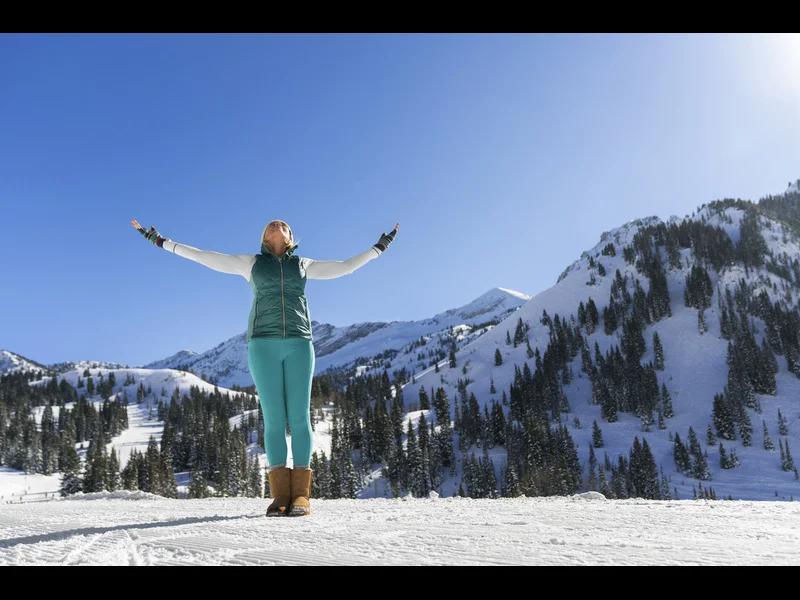

.jpg)

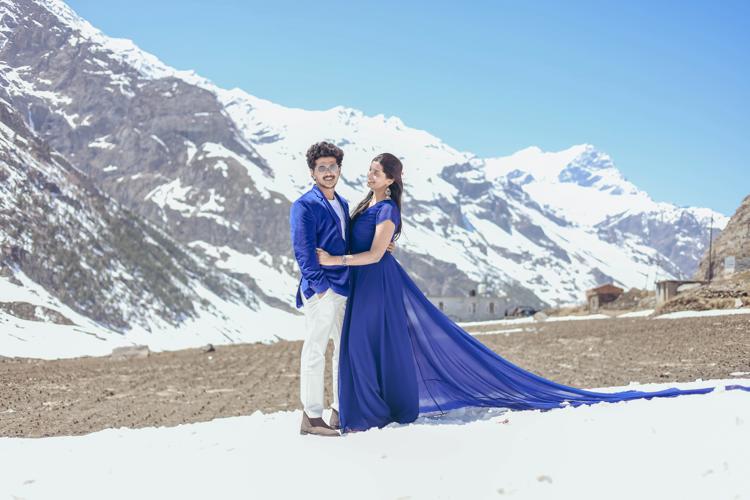

.webp)



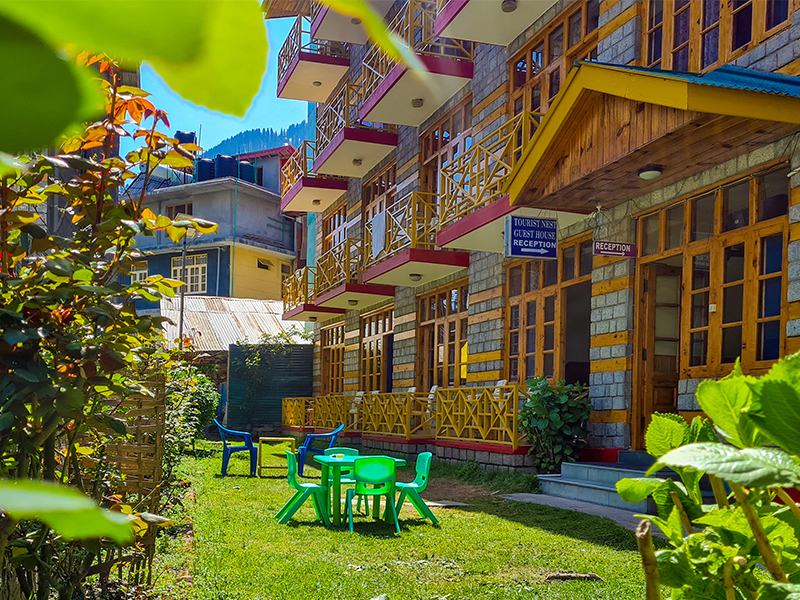

.webp)


Packages Of Manali
Enjoy mountains, adventure and cosy stays in the heart of Himachal.

Places To Visit In Manali
Top places to visit in Manali, perfectly explored.
.webp)
Blogs Of Manali
Where Himalayan adventure meets tranquil valleys
.webp)
Images Of Manali
Explore the magic of Manali through breathtaking images
Packages Of Manali
Places To Visit In Manali
Blogs Of Manali
Images Of Manali

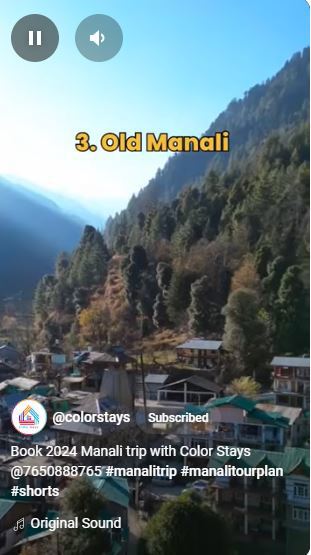

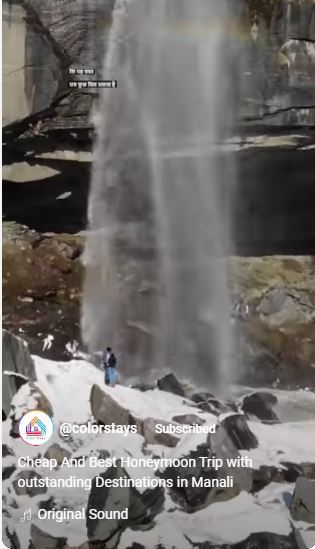



Old Manali, a quaint village located in the Kullu Valley of Himachal Pradesh, India, is known for its serene environment, charming cafes, and rich cultural heritage. Here are some top things to know about Old Manali:
Scenic Beauty: Old Manali is surrounded by lush green forests, apple orchards, and the mighty Himalayas. The Beas River flows through the area, adding to its picturesque beauty.
Cultural Heritage: The village has a strong traditional Himachali culture. The Manu Temple, dedicated to the sage Manu, is a significant cultural and religious site, believed to be the only temple of Manu in India.
Cafes and Restaurants: Old Manali is famous for its laid-back cafes and restaurants that serve a variety of cuisines, including Israeli, Italian, and local Himachali dishes. Popular spots include Café 1947, The Lazy Dog, and Johnson's Café.
Adventure Activities: The region offers numerous adventure activities such as trekking, paragliding, and river rafting. Popular trekking routes include the Hampta Pass and the trail to the Bhrigu Lake.
Shopping: The local markets in Old Manali are great for shopping for traditional Himachali handicrafts, woolen clothing, jewelry, and souvenirs. The streets are lined with shops selling unique items that reflect the local culture.
Nightlife: While relatively quieter than New Manali, Old Manali has a vibrant nightlife with live music performances and parties in some of its cafes and bars. The ambiance is relaxed and often attracts a young, international crowd.
Yoga and Wellness: Old Manali is also known for its yoga centers and wellness retreats. Several places offer yoga classes, meditation sessions, and Ayurvedic treatments, making it a popular spot for those seeking relaxation and rejuvenation.
Connectivity: Although Old Manali retains its rustic charm, it is well-connected to New Manali and other parts of Himachal Pradesh. The closest airport is Bhuntar Airport, about 50 kilometers away, and it is easily accessible by road from major cities like Delhi and Chandigarh.
Weather: The weather in Old Manali is pleasant during the summer months (May to July), making it an ideal escape from the heat of the plains. Winters (November to February) are cold, with snowfall being a common occurrence, attracting tourists who enjoy winter sports and scenic snowy landscapes.
Community and Vibe: Old Manali has a vibrant, cosmopolitan community, attracting backpackers, artists, and digital nomads from around the world. The atmosphere is relaxed and bohemian, making it a perfect destination for those looking to unwind and soak in the tranquility.
Best Time To Visit Old Manali Is March To June And September To December
Old Manali, a charming part of the town of Manali in Himachal Pradesh, India, has a rich history and a distinct character. Here are some key aspects of its history:
Ancient Roots: Old Manali is believed to have been inhabited for over 2000 years. It was a part of the ancient trade route between India and Central Asia, known as the "Silk Route."
Cultural Influence: Over the centuries, Old Manali has been influenced by various cultures, including Hindu, Buddhist, and Tibetan. This cultural mix is reflected in the local architecture, traditions, and lifestyle.
Himalayan Traditions: Old Manali is known for its traditional Himalayan culture, with wooden houses, ancient temples, and local festivals adding to its charm.
Historical Temples: The area is home to several ancient temples, including the Manu Temple, dedicated to the sage Manu, who is believed to be the creator of human race according to Hindu mythology.
Colonial Influence: During the colonial era, Old Manali served as a rest stop for travelers and traders journeying through the Himalayas. The area's natural beauty and pleasant climate attracted many visitors.
Hippie Culture: In the 1960s and 70s, Old Manali became a haven for hippies seeking spiritual enlightenment and an alternative way of life. The area's relaxed atmosphere and stunning scenery drew people from around the world.
Modern Development: In recent decades, Old Manali has seen significant development as a tourist destination. While maintaining its traditional charm, the area now boasts modern amenities and a thriving tourism industry.
Eclectic Community: Today, Old Manali is a vibrant and diverse community, with locals, tourists, and expatriates coexisting harmoniously. The area is known for its lively cafes, bustling markets, and stunning views of the surrounding mountains.
Overall, Old Manali's history is a fascinating blend of ancient traditions, colonial influences, and modern developments, making it a unique and captivating destination in the Himalayas.
Here are some interesting facts about Old Manali:
Historical Significance: Old Manali is believed to have been inhabited for over 2000 years, making it a place of ancient heritage and history.
Silk Route Connection: Old Manali was a part of the ancient trade route between India and Central Asia, known as the Silk Route, which brought prosperity and cultural exchange to the region.
Manu Temple: One of the most prominent landmarks in Old Manali is the Manu Temple, dedicated to the sage Manu, who is believed to be the creator of human race according to Hindu mythology.
Hippie Era: In the 1960s and 70s, Old Manali became a popular destination for hippies seeking spiritual enlightenment and an alternative way of life. The area's laid-back atmosphere and natural beauty attracted many visitors.
Cultural Diversity: Old Manali is known for its diverse culture, with influences from Hindu, Buddhist, and Tibetan traditions. This cultural mix is reflected in the local architecture, cuisine, and lifestyle.
Adventure Sports Hub: The area around Old Manali is a hub for adventure sports such as trekking, river rafting, and paragliding, attracting thrill-seekers from around the world.
Natural Beauty: Surrounded by towering mountains, lush forests, and the gushing waters of the Beas River, Old Manali is renowned for its stunning natural beauty and serene environment.
Artistic Hub: Old Manali is home to a thriving artistic community, with many local artists, musicians, and craftsmen showcasing their work in the area's cafes, galleries, and markets.
Traditional Architecture: The architecture of Old Manali is characterized by its traditional wooden houses, often adorned with intricate carvings and designs, reflecting the region's rich cultural heritage.
Spiritual Retreat: With its peaceful atmosphere and spiritual vibe, Old Manali is a popular destination for those seeking solitude, meditation, and spiritual growth.
These facts highlight the unique charm and appeal of Old Manali, making it a must-visit destination for travelers seeking history, culture, adventure, and natural beauty.

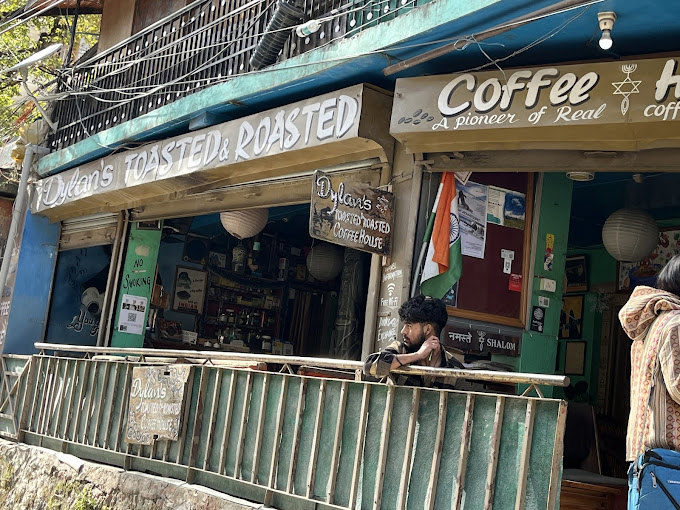


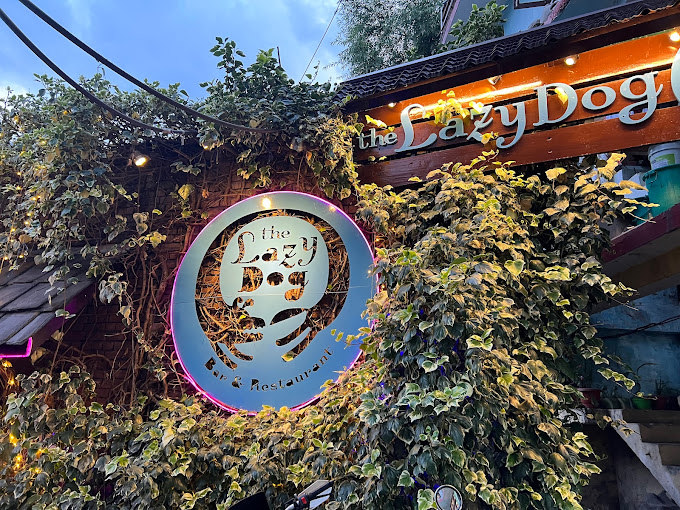
Old Manali, with its rich history and cultural heritage, is steeped in fascinating stories and legends. Here are some stories associated with Old Manali:
The Legend of Manu Temple: According to local legend, the sage Manu, the progenitor of mankind in Hindu mythology, meditated in Old Manali after a great flood. It is believed that Manu saved the Vedas by carrying them in his ark, and his descendants became the founders of the human race.
The Hippie Era: In the 1960s and 70s, Old Manali became a haven for hippies seeking spiritual enlightenment and a simpler way of life. The area's natural beauty and peaceful atmosphere attracted many Westerners, who settled in the region and became part of its cultural tapestry.
Spiritual Retreats: Old Manali has long been associated with spirituality and meditation. Many spiritual seekers visit the area to meditate in its serene surroundings and seek enlightenment.
Cultural Exchange: Over the centuries, Old Manali has been a melting pot of cultures, with influences from Hindu, Buddhist, and Tibetan traditions. This cultural exchange has enriched the area's heritage and contributed to its unique character.
The Silk Route Connection: Old Manali was once a part of the ancient Silk Route, which connected India with Central Asia. The area flourished as a trading hub, with goods and ideas flowing freely between different civilizations.
Traditional Festivals: Old Manali is known for its vibrant festivals, which showcase the region's rich cultural heritage. Festivals such as Dussehra, Holi, and Diwali are celebrated with great fervor and enthusiasm.
The Natural Beauty: Surrounded by towering mountains, lush forests, and the gushing waters of the Beas River, Old Manali is renowned for its stunning natural beauty. Many believe that the area's beauty is a reflection of the divine.
Artistic Inspiration: Old Manali has long been a source of inspiration for artists, musicians, and writers. The area's picturesque landscapes and vibrant culture have inspired countless works of art and literature.
These stories and legends add to the mystique and allure of Old Manali, making it a place of historical, cultural, and spiritual significance.
The Himalayan Mountains are a majestic mountain range in South Asia, spanning five countries. They boast the world's highest peaks, including Mount Everest. These young, growing mountains feature rugged, snow-capped peaks, deep valleys, and glaciers. The Himalayas influence regional climate, harbor unique biodiversity, and hold cultural and spiritual significance. They attract adventurers, nature lovers, and spiritual seekers from around the world.